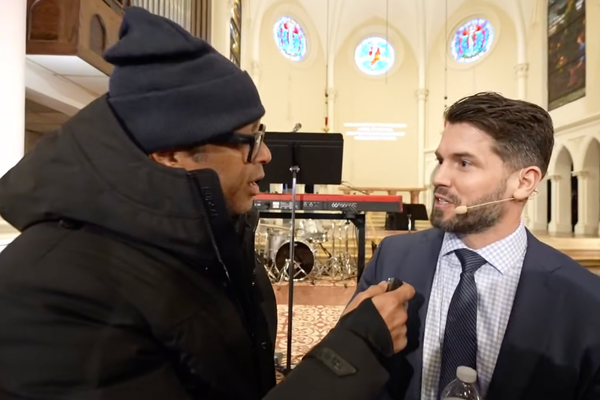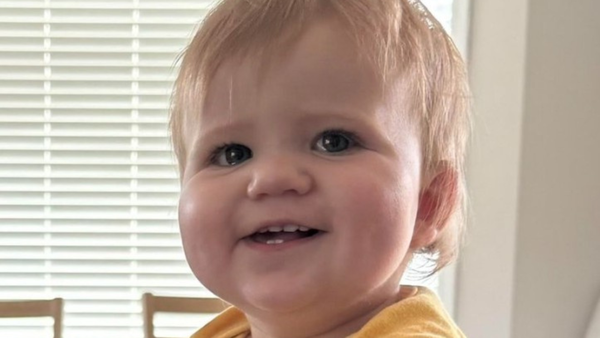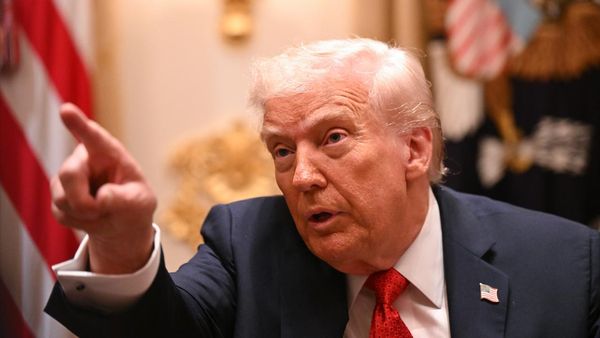MIAMI — It is the juicy bits from Pat Riley’s postseason media session that spice up the offseason.
“We will look; we will explore.”
“I think we all realize that we can always use more.”
“You have to be, I think, very proactive in looking at how you’re going to improve.”
“I definitely feel an obligation to finish this build.”
“We’re always going to try to improve the team.”
It all sounds good. It all sounds proactive. It all sounds familiar from the Heat president.
But there also has to be a Part B, the chips needed to put into play to grow the team.
For all the bluster of Riley being able to make something out of nothing when it came to acquiring Jimmy Butler during 2019 free agency while operating in the void of cap space, somewhat lost in the equation were the significant assets the Heat utilized.
Including that deal was trading Josh Richardson to the Philadelphia 76ers, offloading the $27 million salary of Hassan Whiteside to the Portland Trail Blazers, sending a lottery-protected first-round pick to the Los Angeles Clippers (one since moved on to the Oklahoma City Thunder), taking on the $11.3 million salary of Meyers Leonard and waiving and stretching the remaining salary due to Ryan Anderson (including a $5.2 million cap hit on that contract this past season).
In other words, five distinct elements.
So what components do the Heat have to put into play this offseason?
— Either the $10.3 million non-taxpayer mid-level exception or the $6.4 million taxpayer mid-level exception: This comes down to whether the Heat will be operating above the luxury-tax line after resigning their own players. Also, if the full mid-level is utilized, it would mean operating for the entirety of 2022-23 under a hard cap.
The mid-level can be utilized to sign a free agent, but cannot be used in a trade.
— The $4.1 million bi-annual exception: This also can only be used to sign a free agent. As with the full mid-level, if the bi-annual is utilized a team also becomes hard-capped.
Such exceptions cannot be aggregated with salary in trades.
— Draft picks: In theory, the Heat could have as many as three first-round picks to put into play.
The Heat could draft for another team at No. 27 on June 23 and then move the selection immediately afterward.
That would allow the Heat to then include their 2023 first-round pick in a trade (teams are not allowed to trade successive future first-round picks, but the Heat could work around this by selecting for another team at this year’s draft).
The Heat’s ‘24, ‘25, ‘26 and ‘27 picks are then encumbered by the conditional first-round pick owed to the Thunder, with the ‘28 first-round pick also available for trade.
The Heat do not hold a second-round pick, with a selection forfeited as an NBA sanction for premature free-agency contact last summer with Kyle Lowry.
— Cash: The Heat are allowed to send out up to $5.8 million in a trade. This could be utilized, among several ways, to either buy a draft pick or picks, or to pass along in a trade to offset an excessive salary of a player sent out.
— Duncan Robinson: This is more about the salary than the player.
Robinson’s $16.9 million 2022-23 salary is the only salary currently on the Heat books between the $5.7 million due Tyler Herro and the $28.3 million due Lowry. That puts it in the sweet spot of aggregating salaries for trades.
The Heat have signed players to specific salaries previously with an eye on eventual trades, as was the case over the past two years with Leonard and Goran Dragic.
— Tyler Herro: This is a tricky one. While Herro’s salary is nominal for next season, he also is extension eligible.
That basically leaves the Heat with limited time to deliberate his long-term standing, considering Herro could sign for up to $180 million over five seasons, an agreement that must be reached before opening night, and one that would effectively make him trade ineligible next season.
So all in? Allow him to become a restricted free agent in the 2023 offseason? Or a preemptive move, perhaps with a compromise extension closer to four years, $100 million?
— The sweeteners: Gabe Vincent, Max Strus and Omer Yurtseven all are under Heat control at minimum contracts for next season.
While their salaries have limited value in aggregation toward a larger deal, they could be viewed as enticing plus-one sweeteners in trade packages.
As Riley spoke about trades, he noted, “If there’s something from outside that unveils itself that doesn’t cost us an arm and a leg, I would always be interested in looking at that.”
The greater question is whether the Heat have an arm or leg even to put into play for anything on a grand scale.







